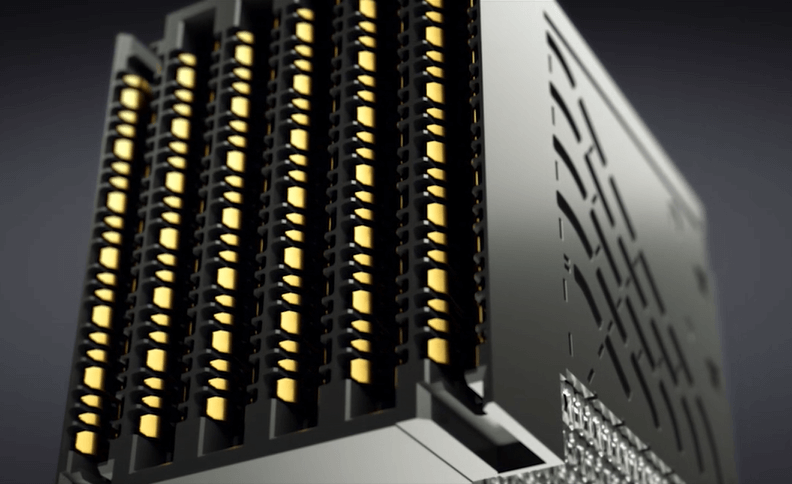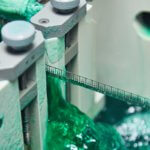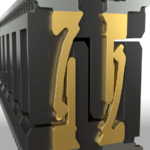In the first two articles of this series, we have looked at the amount of time and effort that manufacturers spend to produce electrical contacts. It is easy to overlook their importance, but they lie at the heart of every connector. We have seen how the contacts are formed and plated, but it is vital that we understand how these processes affect their performance.

It is rare for manufacturers to produce just one type of contact for all connectors. Choosing a single design that would be suitable for all applications would require too many compromises, and so most manufacturers will produce a range of contacts to fulfil specific tasks.
This means that the world of electrical contacts is filled with variety, and it is not always easy to make the right selection. Luckily, there are several methods that allow us to understand contact performance.
Contact Resistance
Possibly the most important characteristic of any electrical contact is its resistance. Designers work hard to ensure that the resistance of any electrical circuit is kept as low as possible for the sake of efficiency. After all, the lower the resistance, the less power is lost during its transmission. Every element added to the circuit has the potential to increase resistance, and this is especially true of connectors.
The metal used to make the contact, the plating and the design of the contact itself can all help to keep resistance low. However, it is important to remember that contact resistance is not static. External factors, such as the environment and the number of times the contact is connected and disconnected will affect the resistance of the contact.
Mating Cycles
The physical life of a contact is measured in mating cycles. When two electrical contacts are mated, the metal flexes as the contact is displaced – just watch the video closely to watch how the contact moves. This flexing is important as it is one of the methods designers use to ensure that the contacts remain together once mated, but the flexing itself causes stresses within the metal. Over time this can cause the contact to relax and the physical pressure between the two contacts will reduce.
Use of the right materials can help with these effects. For applications which demand high performance in demanding environments, you may choose to use phosphor bronze as a base material instead of brass. The superior elastic properties of phosphor bronze mean that they can withstand a greater number of cycles whilst still providing good electrical contact. The improved performance of the connector makes the additional cost of the material worth paying.
Current Rating and Temperature
One of the greatest enemies of an efficient connector is temperature. Despite the designer’s best efforts, every contact will have some electrical resistance and as electricity travels through the contact, some of the energy will be lost in the form of heat. For a signal connector, this is of little importance, but for connectors intended to carry power, this can quickly become the source of a new problem. Even a power contact that is rated to carry high current will become warm.
If the connector is intended for use in hot environments – under the hood of a car, for example – the additional temperature rise has the potential to cause damage. The good news is that the temperature rise can be predicted. Connector manufacturers publish different charts that help the user understand the effect of temperature on current. These charts can show how a rise in current will affect the temperature, or inform the user of the recommended maximum current to be carried under specific conditions. Armed with this level of technical detail, the customer can specify contacts confidently.
A Huge Subject
The design of connectors and contacts is a huge subject. In this short series we have only looked at the basics of contact manufacture and how to understand their performance. Even though the contact is at the heart of every connector, there are loads of other factors that can affect things like signal integrity and environmental performance, but these are topics for another time and another series.
For now, take a look at the huge range of contact designs that Samtec produces. By understanding a little about how they are created, the choices that need to be made when selecting a contact might not be quite so daunting. Give Samtec a call today to discuss the requirements of your next design.


